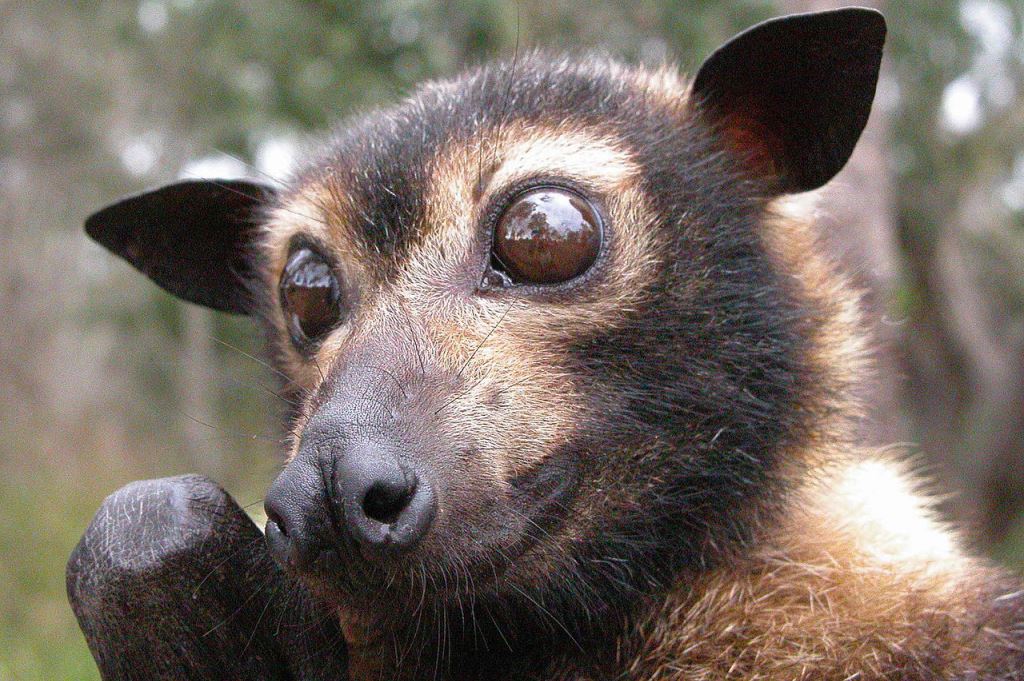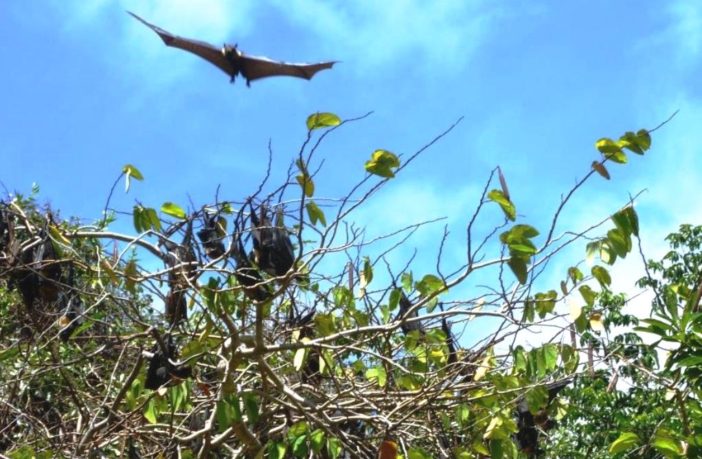Australia’s spectacled fruit bats also known as spectacled flying foxes are mega-bats with head / body length of 24cm. They weigh up to a kilogram and roost in the middle and upper tree canopy to catch the sunshine. They can live for 15 years and double that period in captivity. However they are under threat from human activity. Hence we are shocked to hear a two-day heatwave killed a third of the Australian population.
An Exceptional Heatwave Killed These Lovely Creatures

Spectacled flying foxes love to skim across the surface of water in eastern Queensland, to sip it. However they can’t tolerate temperature above 40ºC / 104ºF. When this rose to 42ºC they began toppling out of trees into backyards, swimming pools and other places.
These creatures are vulnerable under the Commonwealth Environment Protection and Biodiversity Conservation Act. This is owing to them losing prime feeding habitat to agriculture and urban sprawl. The Queensland government grants permits to farmers to shoot them to protect the crops that destroy their natural diet. One ecologist called the loss of the creatures the heatwave killed a tragedy of “biblical scale”.
The Two-Day Heatwave Was an Unprecedented Event

“This sort of event has not happened in Australia this far north since human settlement,” says Dr Welbergen. He is the president of the Australasian Bat Society, a not-for-profit conservation group. Prior to the incident Australia had 75,000 spectacled flying foxes in a small rainforest region of North Queensland.
Francis Mao, writing from Sydney said researchers had concluded the two-day heatwave killed as many as 23,000 of the helpless creatures. The rainforest will be a poorer place when so many of them no longer come to feed off flowers and fruit from wild fig trees. “Biblical scale” events like this one can only be ascribed to the global warming upon us.
Dr Welbergen sees spectacled flying foxes as the “canary in the coal mine for climate change”. This raises concerns as to the fate of other creatures who have more secretive, secluded lifestyles, he says.
Related
Record High Temperatures Around the World
Climate Change Makes Heatwaves More Likely
Preview Image: Spectacled Flying Fox near Cooktown, Queensland Australia




